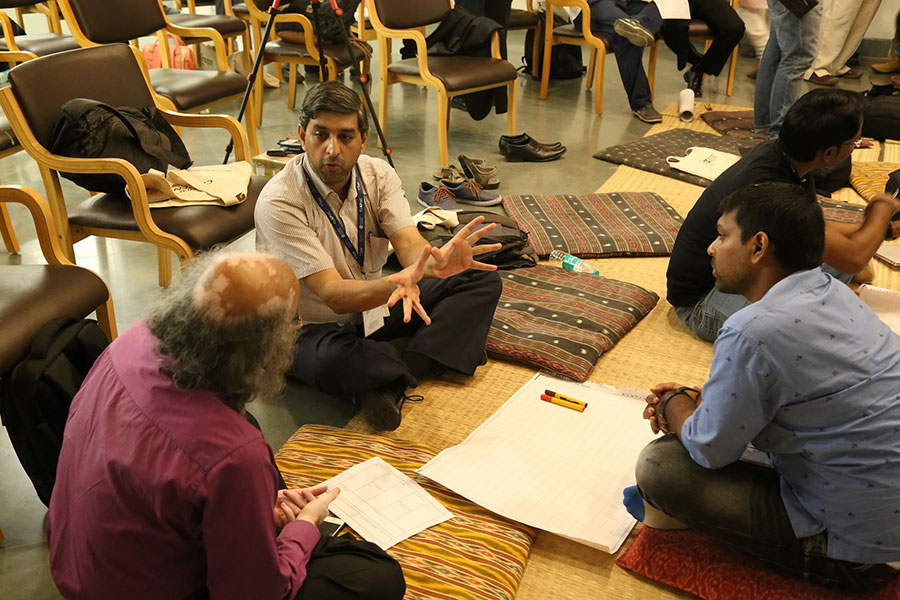 No one can escape from the absolute need of technology in our daily life today. With the development of low-cost hardware for wireless networking-based on IEEE 802.11b, wireless networks are an emerging technology. This technology opens the possibility of building a network without having the problems associated with, and the cost of putting some sort of physical transmission medium in the ground. In the past five years, increasing penetration of the Internet and digital media, particularity in developing countries, has driven incredible growth in the number of individuals expressing themselves, engaging, socialising and conducting business online.
No one can escape from the absolute need of technology in our daily life today. With the development of low-cost hardware for wireless networking-based on IEEE 802.11b, wireless networks are an emerging technology. This technology opens the possibility of building a network without having the problems associated with, and the cost of putting some sort of physical transmission medium in the ground. In the past five years, increasing penetration of the Internet and digital media, particularity in developing countries, has driven incredible growth in the number of individuals expressing themselves, engaging, socialising and conducting business online.
Across the world, there are more than 100 community network models using alternative and bottom-up approach to create community-driven infrastructure as a substitute — or to complement — the classic top-down operator-driven paradigm.
Some of these networks are located in Latin America (Argentina, Brazil, Mexico), the Africa (South Africa, Kenya, Ghana, Congo), Asia Pacific (India, Nepal, Pakistan, Indonesia, Australia, Afghanistan, etc.) the US, and Europe (Germany, Austria, Hungary, Spain, Greece, Sweden, Croatia). They provide Internet services in remotest of locations of their respective countries, utilising varying technology, tools, regulations and socio-economic &cultural conditions.
Community Network is a proven technology, with success stories from in Iran, Egypt, Russia, South Africa, Nigeria, Tunisia and Brazil. Digital Empowerment Foundation and AirJaldi in India; Nepal Wireless in Nepal;Mesh Bukav and Mesh Goma in Africa;GufiNet in Spain;Taswireless in Tasmania are just some of the names in the area of community networks.
Towards this goal, DEF, Internet Society (ISOC), Association of Progressive Communities (APC) and Information Society Innovation Fund (ISIF) Asia organised a one-day summit-cum-consultation on 20th September 2017 in New Delhi. The first annual Community Network Summit 2017 aimed to foster collaboration within a community network providers to share their learning, experience, regulatory, spectrum, licensing, technological barrier and many other issues to discuss it further. It will also give an opportunity to fellows who were part of training & exchange activity to share their learning and experiences and share policy briefing papers, among others.
Anchored by Rajnesh Singh from ISOC and Osama Manzar from DEF, CNX 2017 saw more than 15 participants from various eight countries showcase their community models, discuss its sustainability models, share challenges and form a consortium of community networks for scalability and sustainability. With the vision to constantly empower communities, especially marginalised and information-dark communities throughout Asia Pacific Region, with the power of information and know-how of community networks, CNX focussed on three objectives: Training & Exchange; Knowledge & Network; Policy & Advocacy.
This year’s summit as mainly focused on understanding sustainable business models around community networks in Asia Pacific. The summit was designed in a way to be interactive and participatory to leverage from each other’s experience. The summit was divided into two groups to deep dive into two aspects of sustainability – social and economic viability. Each group was asked to navigate their dialogues around four key areas of network design; challenges; sustainability; and impact.








